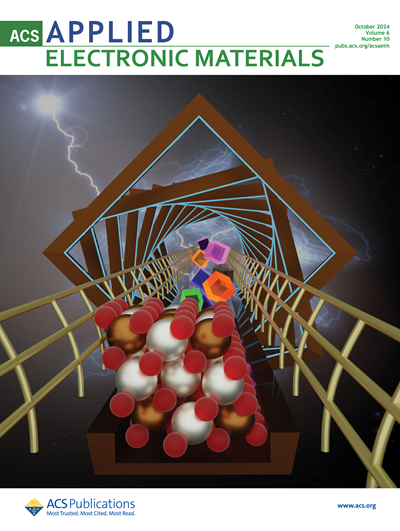中国长江经济带县级土地利用碳预算:时空分异与协调区划
IF 4.7
3区 材料科学
Q1 ENGINEERING, ELECTRICAL & ELECTRONIC
引用次数: 0
摘要
地方土地利用碳预算平衡是实现区域碳中和的重要因素。县级作为中国经济发展和社会治理的基本单元,是实现 "双碳 "目标的重要组成部分。本文以长江经济带 1069 个县为研究对象。利用土地利用、夜间光照、能源消耗、社会经济因素等数据构建碳排放模型。利用标准偏差椭圆(SDE)和空间自相关方法分析了这些县域单位的 LUCB 时空特征。此外,还通过考察碳排放的经济贡献系数(ECC)、生态支持系数(ESC)及其耦合关系进行了分区研究。结果表明:(1)研究期间土地利用碳排放总量显著增加,碳汇总量相对稳定。(2)LUCB 在空间上呈现东高西低的态势,重心整体向西南方向移动。(3)LUCB 呈正空间自相关,具有显著的空间集聚特征,主要为高-高、低-低区域集聚类型。(4)ECC 东部高、西部低,ESC 西部高、东部低,二者协调耦合度低。(5)根据 ECC 和 ESC,将县域单元划分为低碳保护区、经济发展区、碳汇发展区和综合优化区。本研究有助于促进永登县碳中和与低碳的可持续发展。本文章由计算机程序翻译,如有差异,请以英文原文为准。
County-Level Land Use Carbon Budget in the Yangtze River Economic Belt, China: Spatiotemporal Differentiation and Coordination Zoning
The local land use carbon budget (LUCB) balance is an important factor in achieving regional carbon neutrality. As the basic unit of China’s economic development and social governance, the county level is an important part of the realization of the “double carbon” goal. This paper focuses on 1069 county units within the Yangtze River Economic Belt (YREB). It utilizes data on land use, nighttime light, energy consumption, and social and economic factors to construct carbon emission models. The spatiotemporal characteristics of LUCB in these county units are analyzed using standard deviational ellipse (SDE) and spatial autocorrelation methods. Additionally, a zoning study is conducted by examining the economic contribution coefficient (ECC) of carbon emissions, the ecological support coefficient (ESC), and their coupling relationship. The results show that (1) the total land use carbon emissions (LUCE) increased significantly during the research period, and the total carbon sink was relatively stable. (2) The LUCB is spatially high in the east and low in the west, with the center of gravity moving to the southwest as a whole. (3) The LUCB shows positive spatial autocorrelation and has significant spatial agglomeration characteristics, which are mainly high–high and low–low regional agglomeration types. (4) The ECC is high in the east and low in the west, the ESC is high in the west and low in the east, and the coordination and coupling degrees of the two are low. (5) According to the ECC and ESC, the county unit is divided into a low-carbon conservation area, an economic development area, a carbon sink development area, and a comprehensive optimization area. This study is helpful in promoting the sustainable development of carbon neutrality and low carbon in the YREB.
求助全文
通过发布文献求助,成功后即可免费获取论文全文。
去求助
来源期刊

ACS Applied Electronic Materials
Multiple-
CiteScore
7.20
自引率
4.30%
发文量
567
期刊介绍:
ACS Applied Electronic Materials is an interdisciplinary journal publishing original research covering all aspects of electronic materials. The journal is devoted to reports of new and original experimental and theoretical research of an applied nature that integrate knowledge in the areas of materials science, engineering, optics, physics, and chemistry into important applications of electronic materials. Sample research topics that span the journal's scope are inorganic, organic, ionic and polymeric materials with properties that include conducting, semiconducting, superconducting, insulating, dielectric, magnetic, optoelectronic, piezoelectric, ferroelectric and thermoelectric.
Indexed/Abstracted:
Web of Science SCIE
Scopus
CAS
INSPEC
Portico
 求助内容:
求助内容: 应助结果提醒方式:
应助结果提醒方式:


